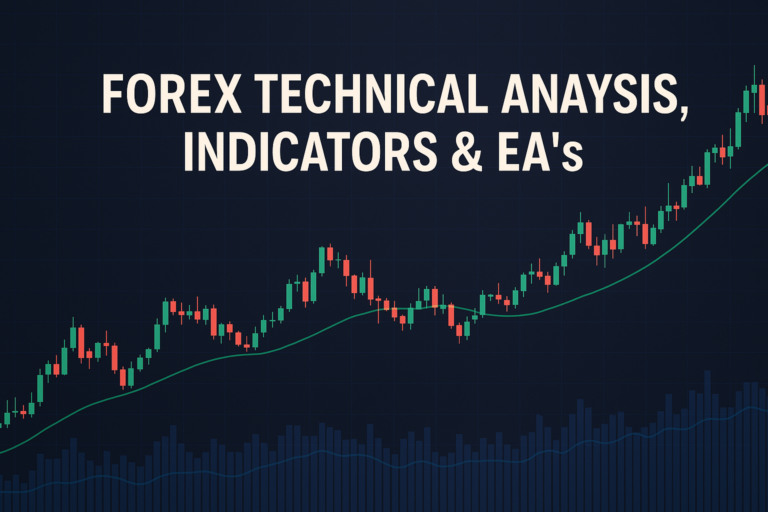
Order Execution Failure can disrupt your trading journey, but with the right strategies, you can overcome it and thrive in the Forex market.
In the world of Forex trading, one common problem that traders face is Order Execution Failure. This issue can be frustrating and costly, whether you are a beginner or a professional. Imagine you are ready to execute a trade, but your order doesn’t go through. This can happen for several reasons, and understanding it is crucial for your trading success.
Many traders struggle with this problem because they often don’t know how to detect it or what causes it. Order Execution Failure can lead to missed opportunities and unexpected losses. Recognizing and resolving this issue is vital for maintaining your trading performance and confidence in the market.
Understanding the Problem
Order Execution Failure occurs when a trader’s order to buy or sell a currency pair is not executed as intended. This can happen for various reasons, both technical and market-related. For example, if a trader tries to buy a currency pair at a specific price, but the market moves quickly, the order may not get filled. This can be particularly frustrating if the price goes in the desired direction right after the failed execution.
Technical issues, such as slow internet connections or broker server problems, can also lead to Order Execution Failure. Imagine you are in a fast-paced market, and your internet connection drops just when you want to place a trade. You miss out on a profitable opportunity. Additionally, during times of high volatility, liquidity can decrease, making it harder to execute orders. For instance, a trader might try to sell a currency pair during a news release, but the sudden spike in volume could cause their order to fail.
Solutions for Order Execution Failure
To tackle Order Execution Failure, traders can follow several steps. Here’s a simple guide for beginners, along with pro tips for advanced traders.
1. Use a Reliable Broker
Choose a well-established broker with a good track record. Research their execution speed and reliability. Check online reviews and forums to see what other traders say.
2. Monitor Your Internet Connection
Ensure you have a stable and fast internet connection. Consider using a wired connection instead of Wi-Fi to reduce lag time.
3. Set Slippage Tolerance
Many trading platforms allow you to set a slippage tolerance. This means you can specify how much price movement is acceptable before your order is canceled. For example, if you set slippage at 5 pips, your order will execute as long as the price does not move more than 5 pips from your intended entry point.
4. Avoid Trading During Major News Events
High volatility during news releases can lead to Order Execution Failure. It is often better to wait for the market to stabilize before trading around major announcements.
5. Use Limit Orders
Instead of market orders, consider using limit orders. Limit orders allow you to set the exact price at which you want to buy or sell. This ensures you don’t get filled at a worse price due to slippage.
Pro Tips & Warnings
- Test Your Platform: Before trading live, practice on a demo account to familiarize yourself with your broker’s execution process.
- Stay Informed: Keep an eye on market news and technical issues that might affect order execution.
- Regular Updates: Ensure your trading software is updated to avoid bugs that could cause failures.
Frequently Asked Questions
How do I detect this issue in real-time?
You can detect Order Execution Failure in real-time by monitoring your trading platform. Look for error messages, and check if your trades are being executed as expected. Some platforms provide notifications for failed orders, allowing you to take immediate action.
Can brokers legally do this?
Brokers must follow regulations and have a duty to execute orders as instructed. However, under certain conditions, they can experience delays due to market volatility or technical issues. It’s essential to read your broker’s terms to understand their policies.
What tools can I use to prevent this?
Consider using tools like VPS (Virtual Private Server) hosting for trading. This can help reduce latency and improve order execution speed. Additionally, trading platforms with advanced algorithms can assist in managing your orders more efficiently.
Is this problem more common in specific market conditions?
Yes, Order Execution Failure is more common during periods of high volatility, such as major economic news releases. During these times, the market can move rapidly, affecting liquidity and order fulfillment.
What should I do if my order fails?
If your order fails, first check your internet connection and the trading platform for any errors. If everything seems fine, monitor the market conditions and determine if you need to place the order again or adjust your strategy.
Conclusion
Understanding Order Execution Failure is crucial for all Forex traders. By recognizing the causes and implementing effective solutions, you can minimize the impact of this issue. Stay informed and adapt your trading strategies to navigate this challenge successfully.
Don’t let Order Execution Failure hold you back. Embrace knowledge and make smarter trading decisions! Your success is within reach.
Recommended Resources for Forex Traders
- For more insights into forex trading, check out Forex.com.
- Explore strategies on Investopedia.




